Do you find it challenging to settle on a list of tools to help you begin your gardening hobby?
Beginners find it challenging to make the all-important choice since each tool you touch seems to be as vital as any other.
It would be terrific to buy all the gardening tools. However, your home is not a warehouse capable of storing an assortment of tens of gardening tools. Besides, the financial implications are not sustainable.
Furthermore, home gardens are usually small, and therefore they do not require an arsenal of tools to prepare.
A smart way to go about it is to select a few of the most useful, most versatile, and most necessary tools that will make your gardening job a cinch.
We know making such a selection can be a daunting task. So, we have carefully drafted a list of 12 essential gardening tools for the beginner.
12 Essential Gardening Tools for Beginners
- A Pair of Gloves
You’ll be handling tools, soil, and other stuff that might be present on the site you will be preparing for your garden. Objects such as thorns, splints are rock chippings that can cause severe injuries if you use bare hands to handle them.
You will need a good quality pair of gloves that are lightweight, durable, and preferably made of rubber. The gloves must fit your hands perfectly and have extended cuffs to protect your arm and your wrist.
The material for the gloves should be breathable and waterproof to improve comfort during use. Such features ensure the gloves are odorless. It should also be gentle to the tender and delicate seedlings.
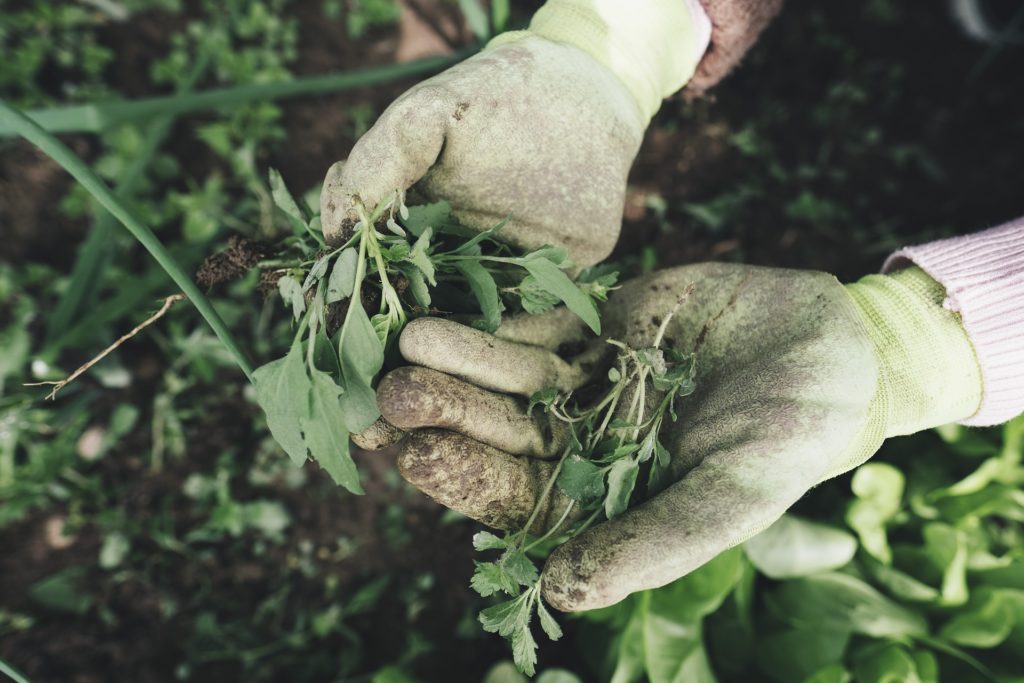
- Work Boots
Work boots may be overlooked as essential gardening tools by many beginners. However, many people do not realize the danger their feet are exposed to while digging, planting, weeding, and clearing dirt and debris.
The different types of work boots are designed to offer you protection from falling objects, compression, and pricking by sharp thorns and splinters. Steel-toe boots are particularly great because they provide optimal protection from any injuries.
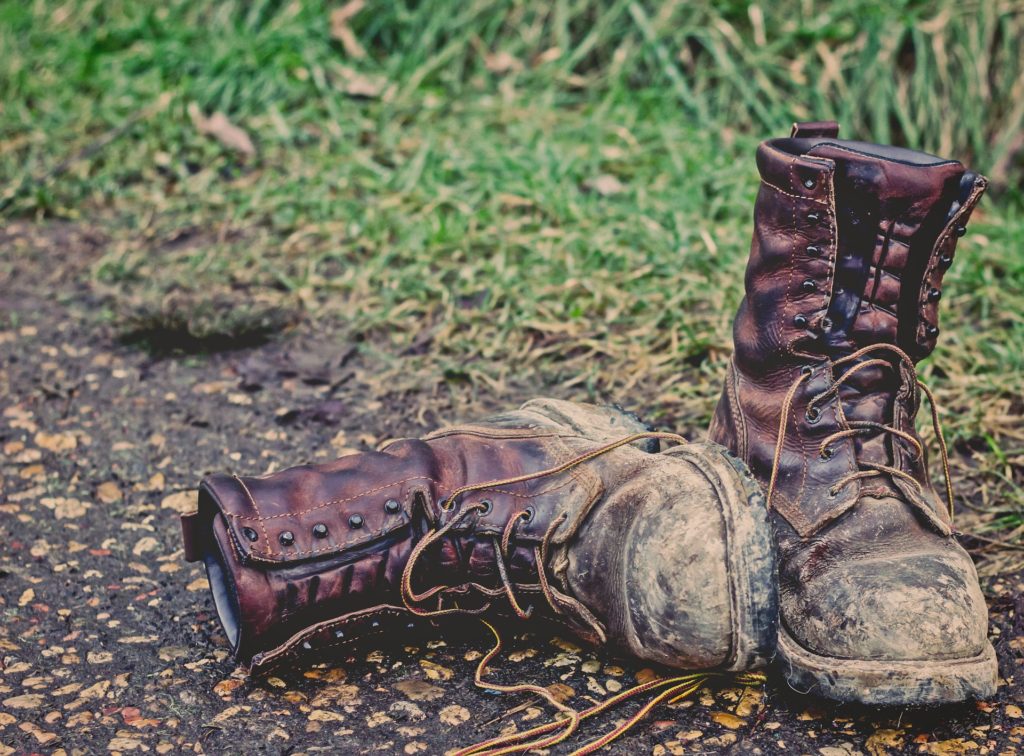
- A Hatchet or an Ax
We do not know the reason why you are thinking of starting a garden. The chances are that you have more into a new home. Perhaps you have developed an interest in gardening recently.
Regardless of your reason as a gardening beginner, you may be dealing with tree stumps, roots, and logs. No other tool deals better with these obstacles than a sharp hatchet or an ax.
While shopping for this tool, ensure you look for one made from strong and durable materials. You do not want your hatchet or ax break in the middle of work. Also, ensure the tool is comfortable and safe for use.
- A Gardening Tiller
The process of planting crops requires that you break up hard, compacted earth into loose dirt that can support the germination and growth of plants. This process requires a gardening tiller or other tool designed for initial soil preparation.
There are two types of gardening tillers – front tine tiller and rear tine tiller. The former tiller is ideal for the small gardens, while the latter is excellent on extensive gardens.
With this tool, cultivating land for planting will a breeze. You will not only complete the task faster but also enjoy better results. Ensure to research and consult before you settle on the particular type of tiller to buy.
- A Garden Rake and a Landscaping Rake
We all love to see trees, flowers, and shrubs around, or even in our compounds. The problem with these nature’s beauties is shedding leaves. At times, fallen leaves can be beautiful and useful.
However, you may want to gather the leaves using a garden rake for composting and making leaf mold. Thus you will not have to spend a lot of money buying commercial fertilizers.
A landscaping rake, on the other hand, will help you with leveling the soil for your new flowerbed or garden.
Makers of garden rakes commonly use plastic tine since such tools are meant to lift light materials such as fallen leaves and lawn clips. Specific models let users adjust the tension of the tines to deal with different types of materials.
In rare cases, you would encounter such rakes with metallic tines. They are incredibly durable and versatile.
Landscaping rakes usually feature metallic tines that are reliable and long-lasting. They can push heavy materials without bending or breaking. Most models allow you to manipulate the tines to match the material you intend to pull or push.
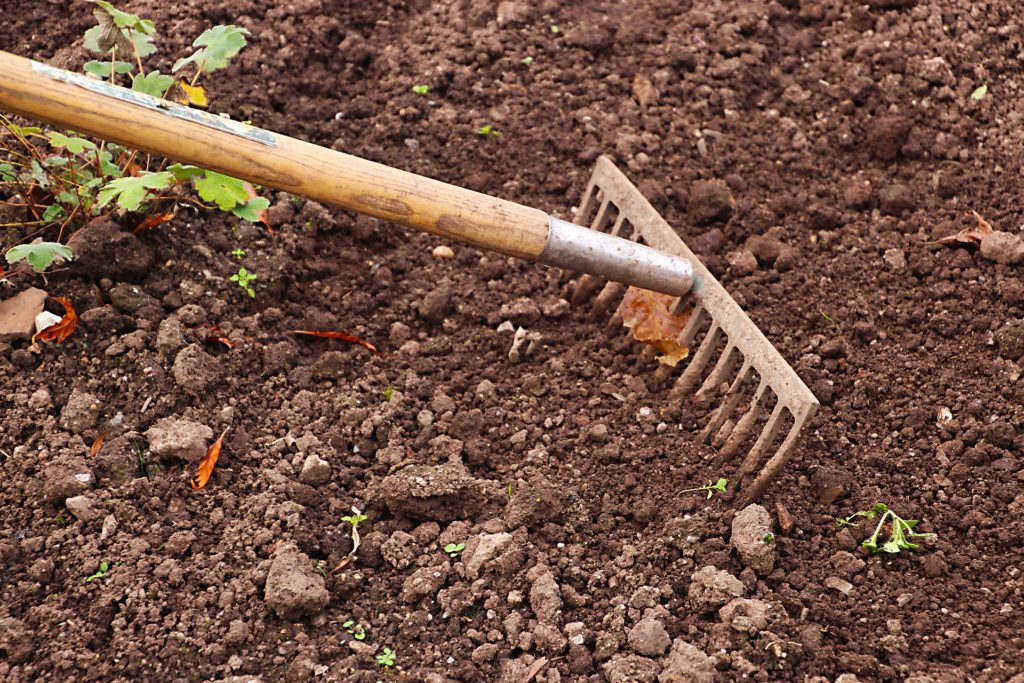
- A Garden Fork
Two varieties of garden forks exist in the market – a digging fork and cottage fork. A digging fork is bigger than a cottage fork, but both do the same job. Your motive is to find one that will penetrate deeper into the soil (about 10 inches deep).
Use this tool to turn over sod before planting. It will also help turn over piles of compost manure to decompose uniformly into rich organic fertilizer.
A garden fork will also be handy in harvesting potatoes. You can harvest the potatoes without cutting through them. Furthermore, the tool will help you separate tender seedlings while transplanting.
- A Spade or a Shovel
These two tools are often misidentified, especially by gardening beginners. You can identify a garden spade by its short handle and a square blade. A shovel, on the other hand, features a long handle with a heart-shaped blade.
A spade is crucial when making straight edges on the beds of your new garden. You can also use it to cut open fertilizer, potting soil, or seed bags. Besides, a spade is vital for loading well-decomposed organic materials into the ground and chopping back grass.
The job of a shovel, conversely, is for scooping materials such as soil, fertilizer, compost, and dirt and spreading them. Thus you may need both of these tools if you must be an avid gardener.
- A Watering Can
No plant survives without water. When thinking about gardening, your prime concern should be the source of water. Your next interest should be how to water your plans. If you have the money, you can invest in a sprinkler system.
As a beginner, you can invest in a simple watering can be made from plastic. A better quality (and more expensive can) is the one made from galvanized metal. The need for this tool is even more critical if you want to venture into indoor or container gardening.
Watering cans are available in different designs and sizes. It’s upon you to choose the one that fits your needs and budget. While making your choice, we recommend you buy the screw-in sprinkler heads instead of the clip-on heads. This will guarantee durability and stability during use.
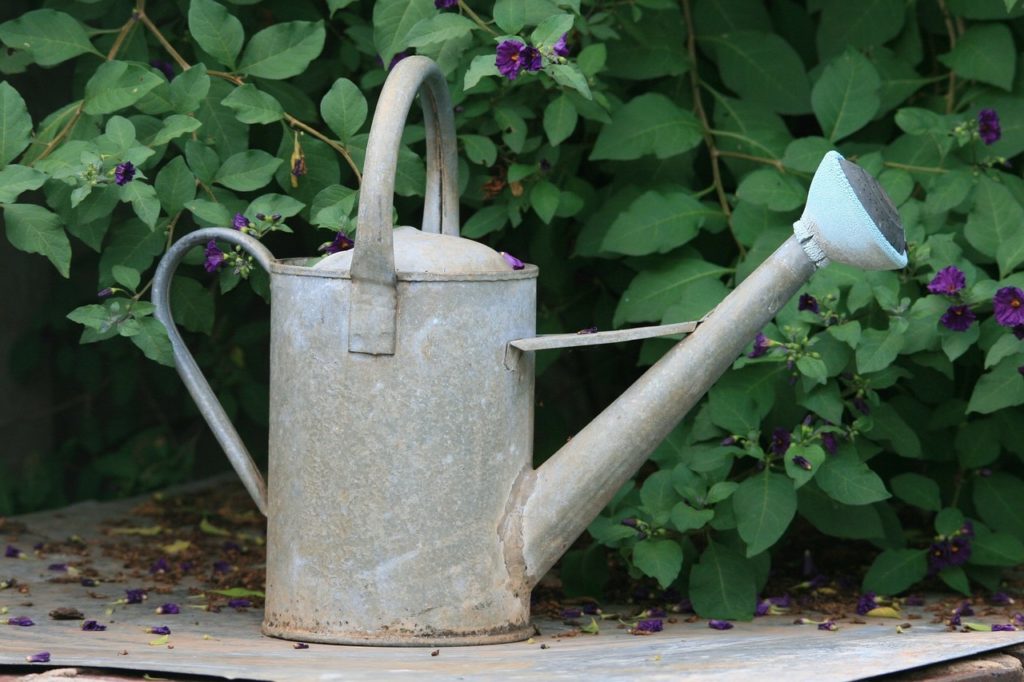
- A Cart or a Wheelbarrow
A gardening novel cannot miss a cart or a wheelbarrow in his assembly of the essential gardening tools. The reason is obvious. Such a device will enable you to transport materials and supplies from to and from the garden.
Wheelbarrows exist in different designs, sizes as well as materials. Broadly, we have hard plastic and metallic wheelbarrows. The plastic model may be affordable, but there are questions with durability.
For instance, excessive exposure of the hard plastic to the sun can make the material brittle and susceptible to cracks. Metal barrows or carts will also give up, but they will have served for a considerable period.
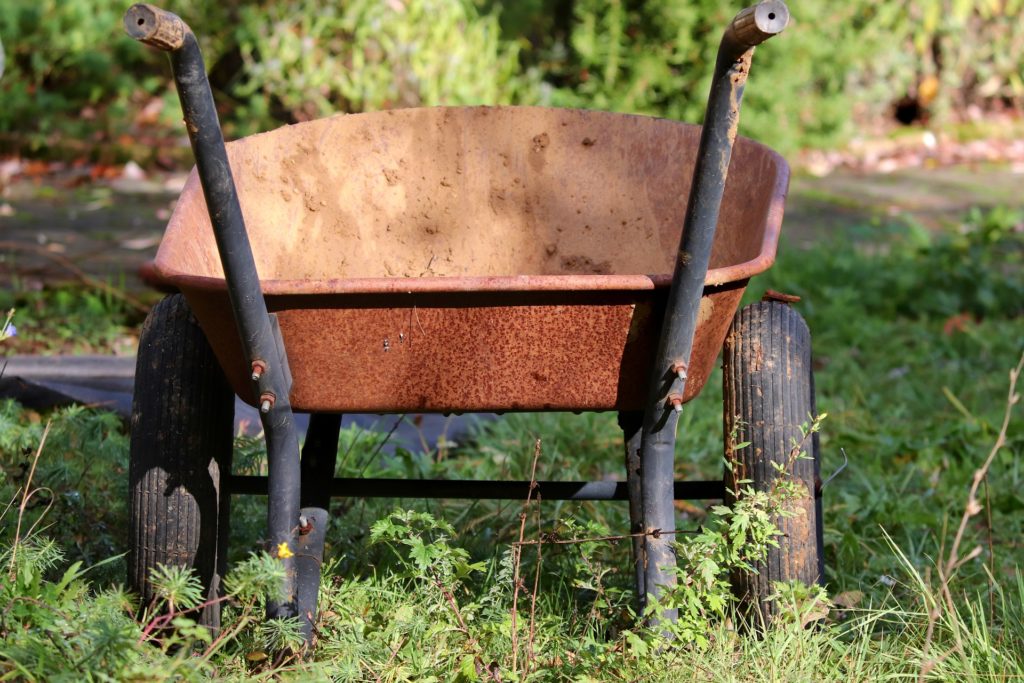
- A Trowel and a Mini-Fork
A spade or a shovel may appear to be useful for the applications meant for a trowel. However, the convenience of a trowel makes it a prime choice for specific applications. Such convenience is even more if you a mini-fork alongside the trowel.
This tool is excellent, particularly if you wish to dig around the base of a tree or plant seedling without interfering with the root system. Similarly, a mini-fork will let you work with plants in containers or on tiny gardens.
If you have stubborn weeds that keep blossoming despite your attempts to eliminate them, a mini-fork will be invaluable in terminating those weeds without having to do the entire garden.
Stainless steel is the best material for these tools for strength and durability. As a bonus, go for tools with firm-grip handles that are also comfortable to handle. This will prove helpful when you have to work in your garden all day long.
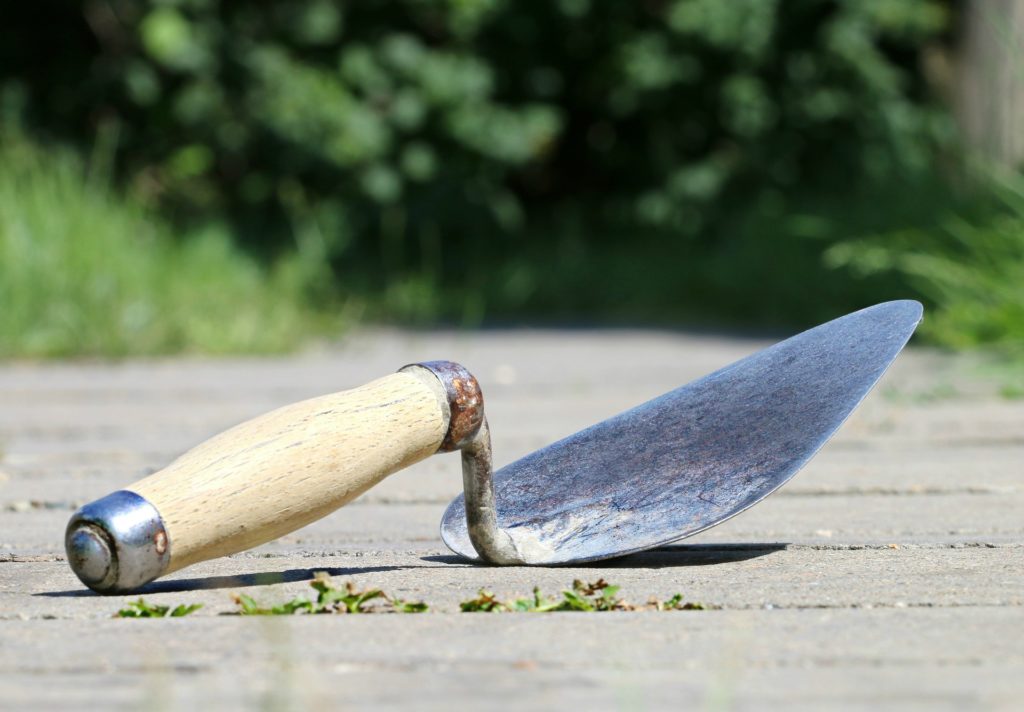
- A Sprayer
Weeds, pests, and diseases are some of the most stressing conditions you will grapple with. Weeds have tendencies to grow faster and more aggressive than the plants you have in your garden. You must eliminate them if your garden must be productive.
Diseases and pests will also diminish the productivity of your venture. Thus a sprayer is one of the essential gardening tools a beginner must-have.
You can opt for a small-gallon (5-liter) sprayer if you have a small garden. A tow-behind sprayer would be ideal for larger farms because it will allow you to do more jobs within a short time.
- Pruning Shears
Pruning encourages the growth of all types of plants. This exercise will also make your garden look appealing. The best tool for this is secateurs or pruning shears.
You will use it to prune tree fruits, herbs, shrubs, roses, and many more. Grab your bypass shears and tame a vine or a limb sticking out of line the moment you see it.
When shopping for pruning shears or secateurs, ensure you put quality first. It must have firm-grip handles to prevent slipping. Also, make sure it is comfortable in your hand to avoid unnecessary strain in extended use.
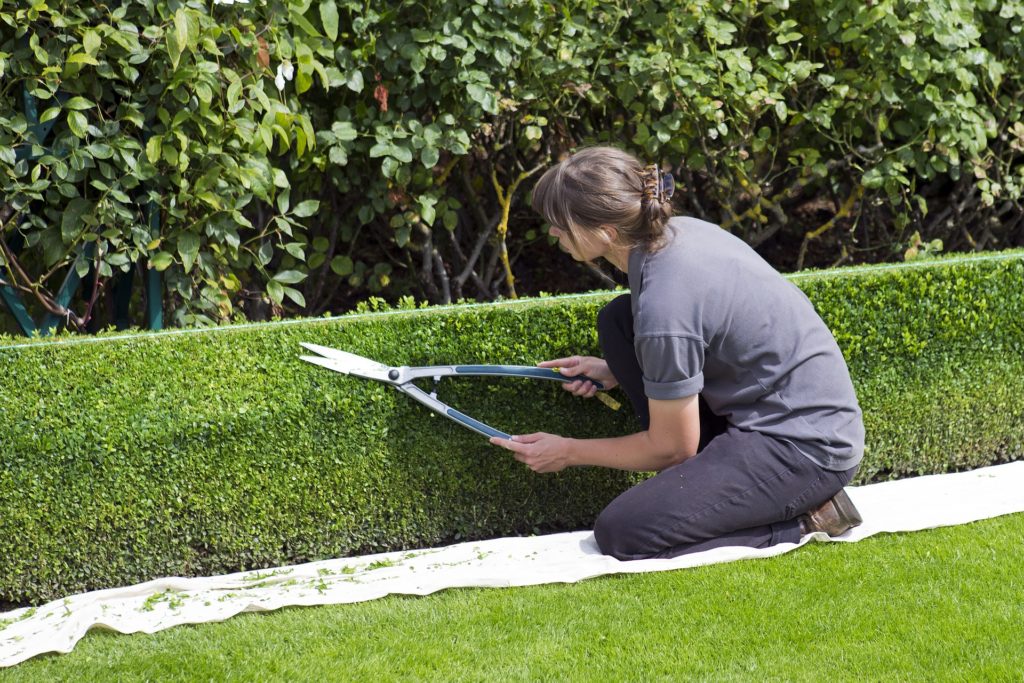
Conclusion
It is time you stepped out to assemble all the essential gardening tools for the beginner we have just described. This step is crucial if you want to be the avid gardener you have been envisioning. We are confident these 12 items will fit your store or shed without cluttering it, yet they represent all you require to start your gardening hobby comfortably.
Recent Posts
- Smart Gardening: How Technology Is Revolutionizing Horticulture
- Understanding Gardening Zones: What You Need to Know
- The Right Tools For Your Gardening And Landscaping Needs
- Maximizing Your Harvest: Square Foot Gardening Chart for Beginners
- Holiday Garden Scents: Plants for Natural Aromatherapy in Your Home






